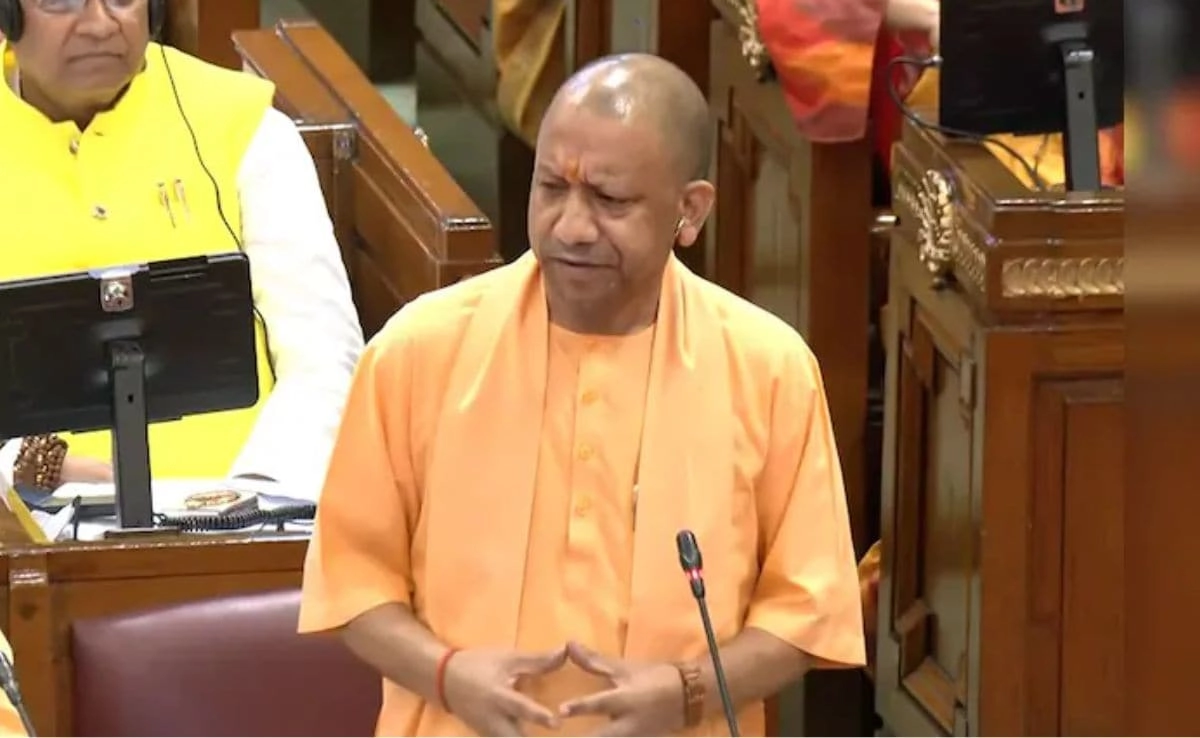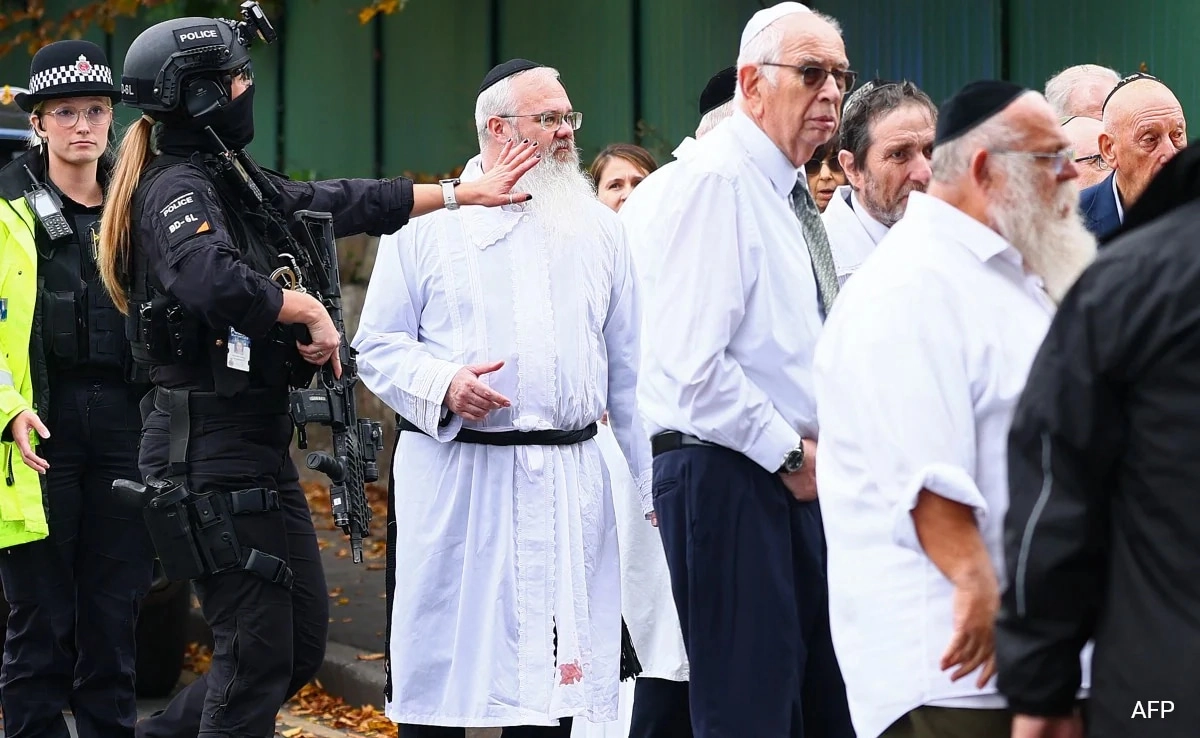In a recent political address, Uttar Pradesh Chief Minister Yogi Adityanath launched a pointed critique of the Samajwadi Party, employing vivid analogies involving frogs and roosters to underscore his message. The use of such imagery is not merely rhetorical flair; it serves to illustrate his perception of the opposition party’s behavior and their approach to governance. By comparing the Samajwadi Party members to frogs, Adityanath suggests that they are opportunistic, quick to leap into situations for personal gain without considering the broader implications of their actions. This analogy evokes a sense of distrust and portrays the opposition as lacking in integrity and commitment to the welfare of the public.
Adityanath’s reference to roosters further adds to the colorful picture he paints of the political landscape in Uttar Pradesh. Roosters are often associated with early morning crowing, signaling the start of a new day. In this context, Adityanath may be implying that the Samajwadi Party is out of touch with the realities faced by the people, akin to a rooster that crows without understanding the true needs of its environment. This characterization aims to position the ruling party as more in tune with the aspirations and challenges of the electorate, contrasting it with an opposition that is perceived as stagnant and ineffective.
The timing of these comments is significant, as they come during a period of intense political competition ahead of upcoming elections. By utilizing such analogies, Adityanath not only seeks to galvanize his support base but also to undermine the credibility of the Samajwadi Party. Political discourse often relies on metaphorical language to convey complex ideas succinctly, and Adityanath’s use of frogs and roosters exemplifies this strategy. The analogies resonate with voters who may be more inclined to remember vivid images than abstract political concepts, thus potentially influencing their voting behavior.
Moreover, this kind of rhetoric reflects the larger narrative of political polarization in Uttar Pradesh, where parties often resort to colorful language and imagery to rally their supporters and discredit opponents. Adityanath’s remarks serve to reinforce the ideological divide between his party and the Samajwadi Party, framing the latter as disconnected from the realities of governance. In a landscape where perception can be as crucial as policy, such rhetorical devices play a strategic role in shaping public opinion and electoral outcomes. As the political climate continues to evolve, the effectiveness of these analogies in swaying voter sentiment remains to be seen, but they undoubtedly contribute to the ongoing dialogue surrounding the state’s political dynamics.




